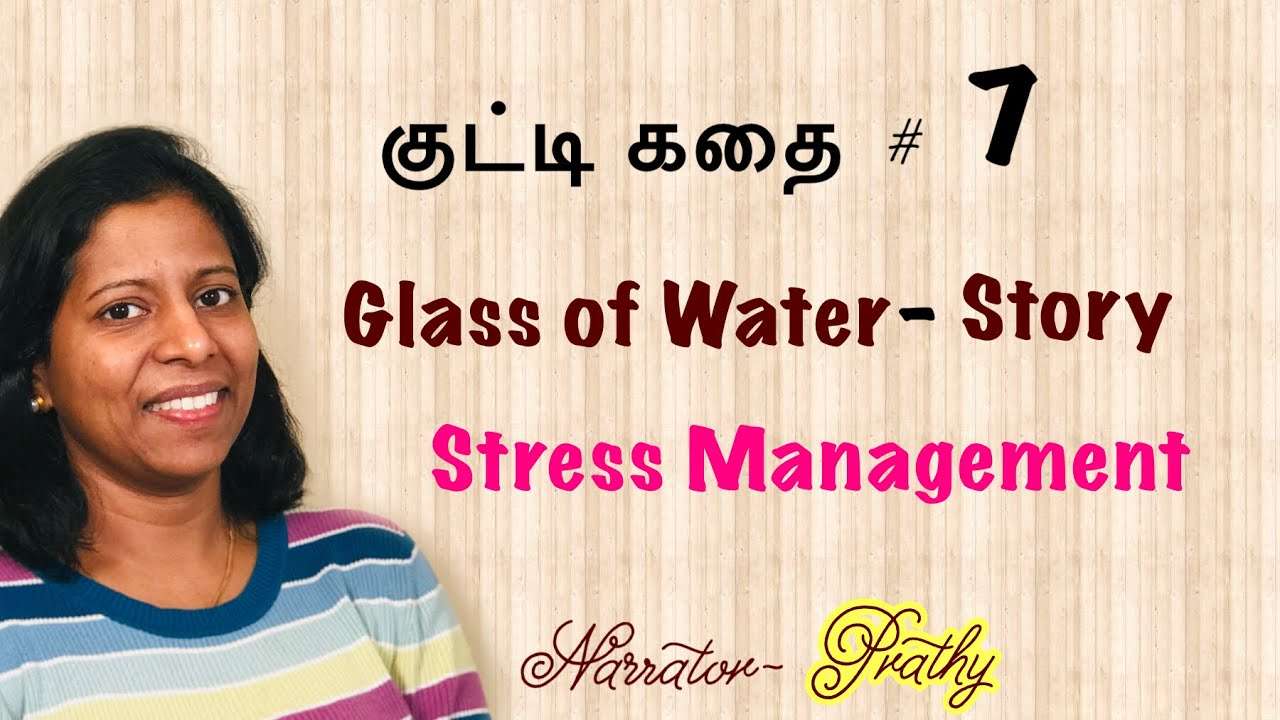What is stem cell therapy?
Our bodies are made up of different types of cells, like brain cells, blood cells, heart cells, skin cells and stem cells. Stem cells can turn into many other types of cells.
In stem cell therapy, stem cells are injected into a patient to repair or replace damaged cells as a way of treating various conditions. The stem cells might come from donors or the patient themselves.
Stem cell therapy is used in the treatment of conditions like blood cancers, burns and damaged corneas. But it’s not recommended as a therapy for autism.
Who is stem cell therapy for?
Stem cell therapy is for people with severe burns, blood and immune system conditions like leukaemia and lymphoma, or damaged corneas. In Australia, these are the only conditions for which stem cell therapy has been proved to be safe and effective.
Although some people claim that stem cell therapy can be used for a wide range of other conditions, including autism, stem cell therapy for autism isn’t recommended.
What is stem cell therapy used for?
Supporters of stem cell therapy for autism say that it can reduce characteristics of autism. They say it can improve behaviour, anxiety, social skills, communication, speech and ability to focus.
There’s no clear scientific evidence that stem cell therapy changes the characteristics of autism.
Where does stem cell therapy come from?
In 1968, Robert A. Good from the University of Minnesota did the first successful stem cell therapy. He used bone marrow stem cells to treat immunodeficiency disorder.
Since then, researchers have been testing how stem cell therapy could be used to treat other conditions.
What is the idea behind stem cell therapy for autistic people?
Research has shown that in certain conditions like leukaemia, stem cells can reduce inflammation and improve the way the immune system works.
Supporters of stem cell therapy for autistic people claim that autism is associated with inflammation and problems with the immune system. They claim that injecting stem cells into an autistic person will reduce the characteristics of autism. But these claims aren’t supported by scientific research.
What does stem cell therapy for autistic people involve?
There are currently no established practice guidelines for treating the characteristics of autism with stem cell therapy. This means the treatment can vary across clinics.
Generally, though, the treatment involves the following stages:
- Pre-treatment checks: before starting the therapy, the patient might have blood tests, medical history checks and other physical checks to work out whether they can have the therapy.
- Collection: the types of stem cells and the way they’re collected and prepared varies. For example, stem cells can be collected from donor placentas, umbilical cords or bone marrow. They can also be collected directly from the patient’s own bone marrow, fat or cerebrospinal fluid. This can be a painful and invasive procedure.
- Cultivation: after collection, some stem cells might need to grow in a laboratory for a few weeks.
- Injection: the cells are injected into the patient’s vein or spinal canal. This can be a painful and invasive procedure. The patient might need to have an anaesthetic and/or be admitted to hospital. Depending on the clinic and the patient, there might be multiple stem cell injections over a period of days, weeks or months.
- Follow-up: there are usually follow-up appointments after each treatment.
Does stem cell therapy help autistic children?
There is currently no good-quality evidence that stem cell therapy helps with the characteristics of autism. More high-quality research is needed.
There’s also evidence that stem cell therapy can cause side effects like fever, tumour growth, abnormal bone growth, seizures, infection, allergic reaction and immune system rejection.
Who practises stem cell therapy for autism?
Some private stem cell clinics in Australia and overseas offer stem cell therapy for autism characteristics. Because stem cell therapy has not been proved to be safe and effective for autism, it’s often carried out by under-qualified practitioners.
Where can you find a practitioner?
Stem cell therapy for autism characteristics is not recommended in Australia.
If you’re thinking about stem cell therapy for your autistic child, see your GP or paediatrician, or one of the other professionals working with your child. They can talk with you about the risks and benefits of stem cell therapy.
Parent education, training, support and involvement
If your autistic child is having stem cell therapy, your main involvement is taking your child to the treatment clinic. You also need to monitor the effects of the therapy.
Cost considerations
You can expect stem cell therapy to cost tens of thousands of dollars. The cost of this therapy varies depending on the types of stem cells used, the number of treatments, and the clinic.
Therapies and supports for autistic children range from behaviour therapies and developmental approaches to medicines and alternative therapies. When you understand the main types of therapies and supports for autistic children, it’ll be easier to work out the approach that will best suit your child.
Statistical data by the CDC show that autism spectrum disorder (ASD) affects children more than adults and currently there are more than 18 per 1,000 children with ASD in the US. ASD is a neurological disorder that is characterized by a restricted interest, deficit of communication
and social interaction, and repetitive behavior (both verbal and nonverbal). Kids with autism spectrum disorder also commonly experience problems with their gut, sleep disorders, and seizures.
While the cause of ASD is yet to be determined, studies and clinical trials have shown many factors that may contribute to ASD’s development, such as decreased blood flow in the brain due to genetic mutations, dysregulation of the immune system, weak functional connectivity
between neurons, and exposure to harmful antibodies during pregnancy. Multiple treatment approaches and therapies including medications, cognitive behavioral therapy (CBT), speech therapy, and occupational therapy are being used to ameliorate its symptoms and improve the quality of life.
Stem Cell Therapy For Kids With Autism
Stem cells have shown promising results in clinical trials. The cells extracted from the bone marrow and umbilical cord are proven effective for treating different types of neurological disorders such as spinal cord injury, cerebral palsy, and cerebral trauma. Researchers working with this therapy have also shown that these cells are also useful in treating ASD symptoms.
Stem cells are undifferentiated cells that more or less replace damaged cells in your body that don’t function properly. Inflammation of neurons is one of the primary and common symptoms of autism spectrum disorder and numerous studies and journals have shown that stem cells (mesenchymal cells or MSCs) can reduce inflammation and ease autism symptoms. Furthermore, removing the unhealthy neurons, gut cells, and other body tissues and replacing them with healthy ones can stimulate the immune system function optimally and reduce the effects of autism. A popular and groundbreaking study [1] at the Duke University could give parents and their kids with autism even more hope. Performed by Dr. Joanne Kurtzberg, the study was initiated back in 2014 and showed promising results in recent 2020 updates. In this study, 25 kids with autism ranged from ages 2 to 6 – were injected with UCB (umbilical cord blood). The primary goal of the research was to make sure that injecting umbilical cord blood to the children would be safe and to assess the efficacy of the treatment. The treatment’s safety and efficacy were promising. Only two children experience agitation and allergic reaction after the injection.
During and after the trial period, parents noticed a remarkable improvement in their kid’s condition and behavior. They showed and maintained significant verbal, social, and behavioral improvements 12 months after the injection. The researchers have also compared these
changes with natural childhood development and they are hopeful that stem cell therapy has the potential to become a mainstream treatment option for children with autism.
Another clinical trial indicates that stem cell therapy works best when it is combined with an educational intervention. The study shows that the combined results of both have significantly helped children with autism in improving their day to day verbal, communication, and social skills. Interestingly, the combined therapy is also proved to reduce hyperactivity and repetitive behaviors.
Stem cell transplant institute is offering high quality and cost-effective (one-third of the price in the US) stem cell therapy for autism spectrum disorder. We use mesenchymal stem cells extracted from umbilical cord to treat the condition. Contact us today to significantly improve the quality of your kid’s life and letenjoy the colors of life. come out of sufferings and significantly improve quality of
References
Joanne Kurtzberg, MD, Duke University, June 9, 2020, “Autologous Umbilical Cord Blood
Infusion for Children With Autism Spectrum Disorder.
https://clinicaltrials.gov/ct2/show/NCT02847182
Nguyen Thanh L, Nguyen HP, Ngo MD, Bui VA, Dam PTM, Bui HTP, Ngo DV, Tran KT, Dang TTT, Duong BD, Nguyen PAT, Forsyth N, Heke M. Outcomes of bone marrow mononuclear cell transplantation combined with interventional education for autism spectrum disorder. Stem Cells
Transl Med. 2020 Sep 9. doi: 10.1002/sctm.20-0102. Epub ahead of print. PMID: 32902182.
What is stem cell therapy?
Stem cell therapy is rapidly evolving as a potential treatment for many diseases such as autism which do not have any medical or surgical treatments available. It has been observed that selective areas in the brains of individuals with autism are damaged and do not function normally. The main objective of this therapy is to reverse this damage by replacing the damaged cells using healthy cells. As a result, it restores the lost functions and helps improve the quality of life. This therapy makes the individuals independent and helps them to integrate into the society.
What are stem cells?
Stem cells are the key elements forming all the tissues of the human body. They are specialized cells having the ability to rapidly multiply and convert into any type of tissue in the body. Its purpose through life is to regenerate, repair and replace damaged tissue. They are naturally capable of migrating to damaged tissues and start the repair process.
What are the different types of stem cells?
There are many types of stem cells, but broadly they are classified into 3 types:
(a) Embryonic stem cells (b) Umbilical cord stem cells (c) Adult stem cells
(a) Embryonic Stem cells: These cells are obtained from the embryo or an unborn fetus. These are obtained from spare embryos from IVF clinics. These cells are not being used presently due to various medical and ethical controversies associated to them. Tumor formation is recorded as one of the serious side effects of these cells.
(b) Umbilical cord Stem cells: These cells are derived from the umbilical cord which connects the baby and mother at birth. They are safer and less controversial compared to embryonic cells. But, since these cells are derived from outside the patient, the donor cells have to be compatible with the recipient. Various cord blood banking companies store these cells. Storage, availability and expense can be a concern.
(c) Adult Stem cells: These cells are obtained from the same patient, either from the hip bone or the fat/adipose tissue. Currently, these are the safest and most popularly used stem cells. Availability of these cells is not a problem. The process of extracting them, separating them and injecting them back are relatively simple and non invasive. Due to their autologous nature there are no ethical or safety issues with the use of these cells.
Recently, another type of stem cell called Induced Pluripotent Stem Cells (iPSCs) has shown a lot of potential. iPSCs are made from cells taken from the patient which are genetically modified to behave like an embryonic stem cells. These cells combine the efficacy of embryonic stem cells with the safety of adult stem cells.
How do stem cells work in autism?
Stem cells repair, regenerate and replace the damaged cells in the brain of the individual with autism by following mechanisms:
- They release growth factors which regulate the immune imbalance in autism and have a healing and regenerative effect on damaged tissue.
- They increase the blood supply to the damaged tissue by forming new blood vessels by a process called angiogenesis thereby helping in their repair process.
- They convert into the tissue type of cells into which they are implanted, thereby replacing non-functioning tissue.
How is stem cell therapy conducted at our centre?
Stem cell therapy at our centre is a simple and completely safe procedure which requires only injections and no surgery is involved. We use adult stem cells derived from the bone marrow of the patient. The protocol involves 3 steps.
Step1: Bone Marrow Aspiration:

This procedure is carried out in an operation theatre. A needle is inserted into the hip bone, after making the area numb with local anesthetic, so that the patient does not experience pain. 80-100 ml bone marrow is aspirated from the bone. This takes about 20 minutes.
Step 2: Stem Cell Separation:

The bone marrow removed from the patient is taken to the Stem cell laboratory, where the stem cells are separated from the remaining cells of the bone marrow by the density gradient method. This takes about 3 hours.
Step 3: Stem Cell Injection:

This procedure is also carried out in an operation theatre. A lumbar puncture using a very thin needle is done through the L4-5 space of the spine, after giving local anesthetic and the stem cells are injected into the cerebrospinal fluid. Around 50 million cells are injected this way. This takes about 20 minutes.
The procedure is completed on the same day.
How safe is stem cell therapy?
Adult stem cell therapy is an absolutely safe form of treatment. At Neurogen BSI and in all the available publications internationally and nationally, there have been no cases of serious adverse events or neurological deterioration due to stem cell therapy. Minor reversible symptomatic procedure related problems occasionally do occur but these are completely treatable with no long lasting sequelae.
What are the results and improvements after stem cell therapy in autism?
The outcome of stem cell therapy in autism is remarkably positive. 91% of individuals with autism have shown clinical improvements. Decrease in aggressive behaviour & hyperactivity, improved eye contact & attention span, improvements in communication & social skills are observed.



Improvements are also reported in the PET CT scan of the brain as change in metabolic activity of the brain. These changes correlate to the clinical improvements confirming the positive effect of stem cell therapy in autism.



